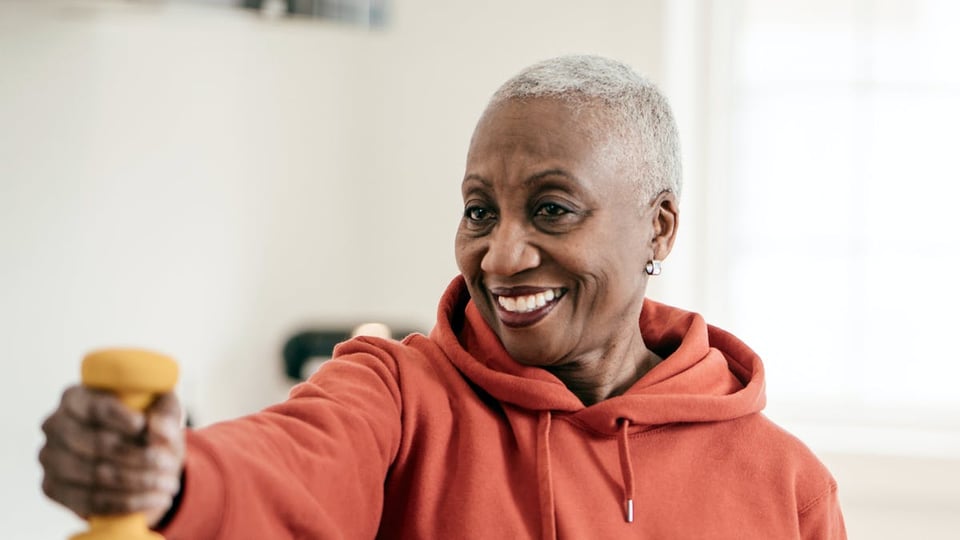Optimizing Functional Movement
Lori Duncan, DPT, MTC, CPT
Includes all course content in digital format
Prerequisites Required
Description
As therapists, optimizing functional movement is a high concern to keep our patients healthy, active, safe, and independent. It is imperative to not put patients in the "old box" (or any box for that matter) and understand that every human body wants to feel the best it can at any age. This workshop will teach therapists how to easily evaluate and treat the following movements: thoracic rotation, plank hover, trunk roll-up and squat. Once evaluated, patients and therapists will experience the immediate positive changes in the system including balance, breathing, gait, shoulder health, back health, and functional transfers.
This workshop will teach participants how to improve four foundational movements that are critical to master at any age. Through an active easy-to-follow lab, participants will learn how to assess and treat these movements that are easy to teach at any age. Participants will take away modifications and tips to help teach patients the next day how to improve these four functional movements.
Highlights
- Immediately improve your patient’s function, safety, and independence with four specific, easy-to-learn movements through an active lab
- Strategies to improve breathing, back health, bed transfers, gait, and other ADL’s
Learning Objectives
- Distinguish the importance of four specific functional movements and how they can be applied to clinical practice.
- Examine and treat the missing component(s) of each functional movement, considering modifications needed for specific patient populations.
Course Content
| Optimizing Functional Movement | SCORM Package | ||
| Next Steps | Module |
- Functional Benefits and Research of Key Functional Movements
- Thoracic rotation: improves breathing, back pain, driving, gait and balance
- Quadruped plank hover: a necessary activation for safe floor to stand transfers, balance, and trunk shift during sit to stand
- Core roll-up: improves trunk dissociation required for supine to sit, functional forward bending while strengthening core stability
- Functional squat: good mechanics and pelvic proprioception are required for sit to stand safety, gardening, laundry, and other ADL's
- Movement Modification for Specific Patient Populations
- Assess and practice each movement with modifications to apply to any patient population
- Examine how each movement enhances rehabilitation outcomes and safety
DISCLOSURES
FINANCIAL: Lori Duncan is compensated by Summit as an instructor, and is compensated as the owner of Duncan Sports Therapy and Wellness. She receives financial benefit from Vimeo for the sale of various Duncan Sports Therapy and Wellness videos.
NONFINANCIAL: Lori Duncan has no nonfinancial relationships to disclose.
Click here to check accreditation for this course.